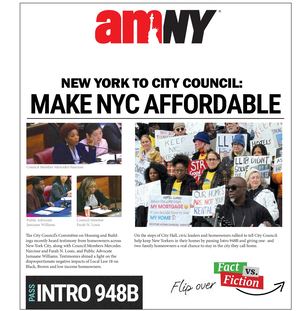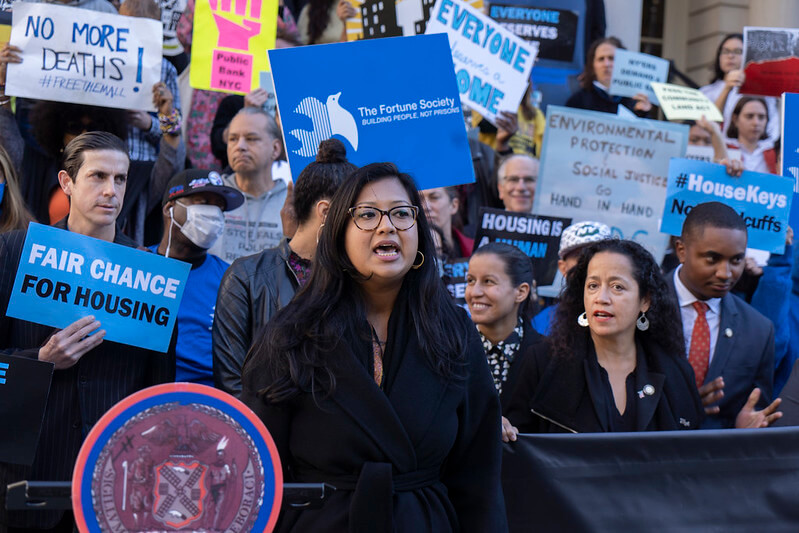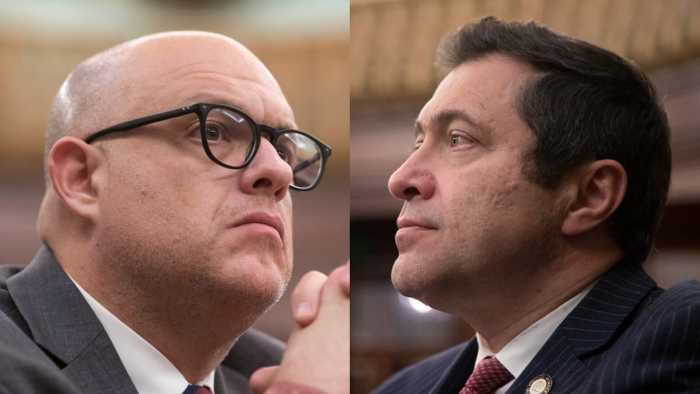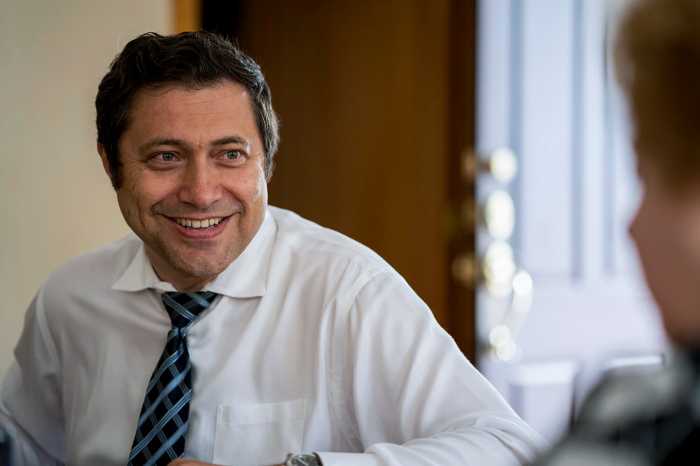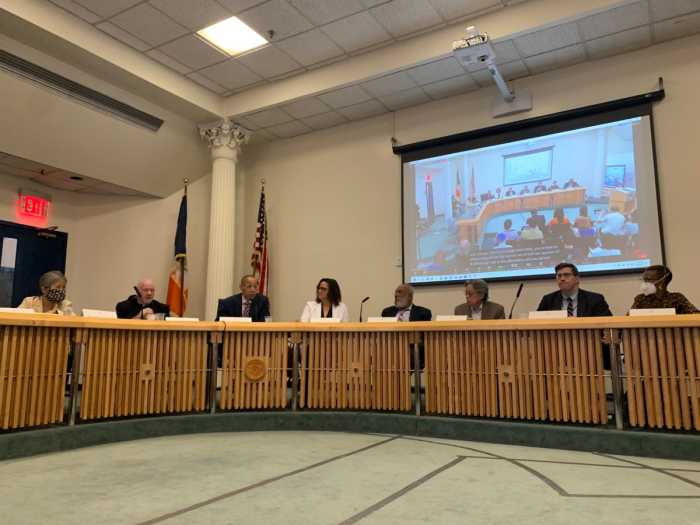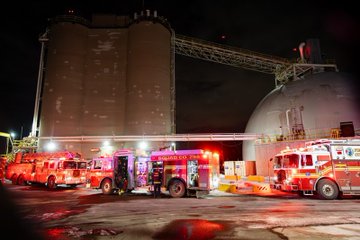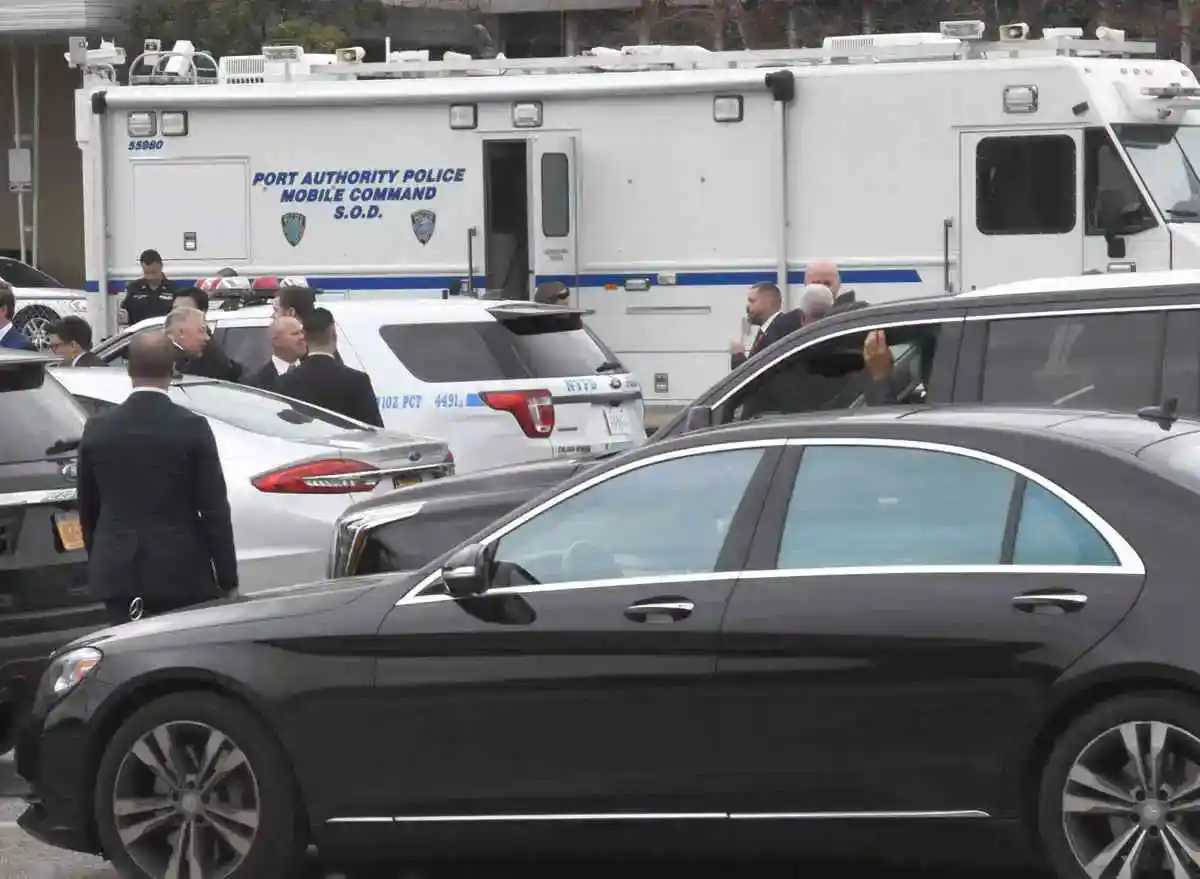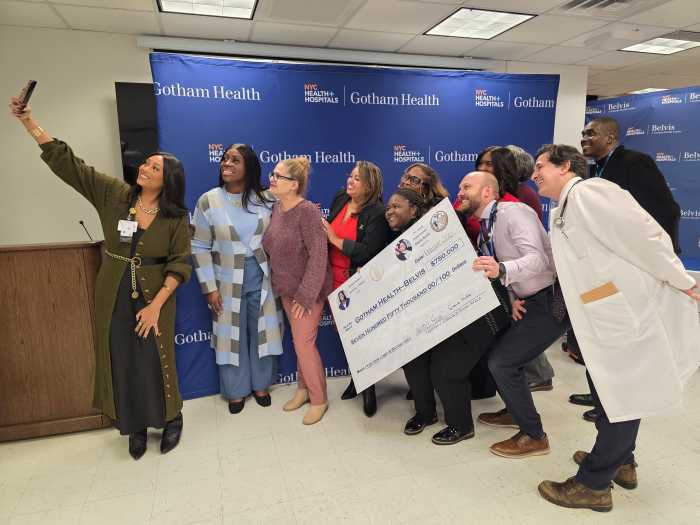Call it a “pledge” too far.
The City Council’s Progressive Caucus shrank by 15 members last week – and the faction’s pledge to make cuts to the NYPD wasn’t the only reason for the massive defection.
The caucus’ leaders called for its members to sign on to a new “Statement of Values,” which included a pledge to “do everything we can to reduce the size and scope” of the NYPD and city Correction Department (DOC). The caucus lost 15 of its 35 members and, most importantly, its veto-proof majority.
Today the caucus consists of 19 members, plus Council Speaker Adrienne Adams, who is part of all nine council caucuses by default. The mass defection has left some wondering what it means to be a Progressive lawmaker in the city’s legislature.
Along with the “Statement of Values,” caucus leaders also introduced a series of new bylaws that require members to show that they are committed to the cause. The bylaws require members to attend two-thirds of caucus meetings and support 75% of its priority bills, which cover issues ranging from banning solitary confinement to prohibiting housing discrimination on the basis of criminal records.
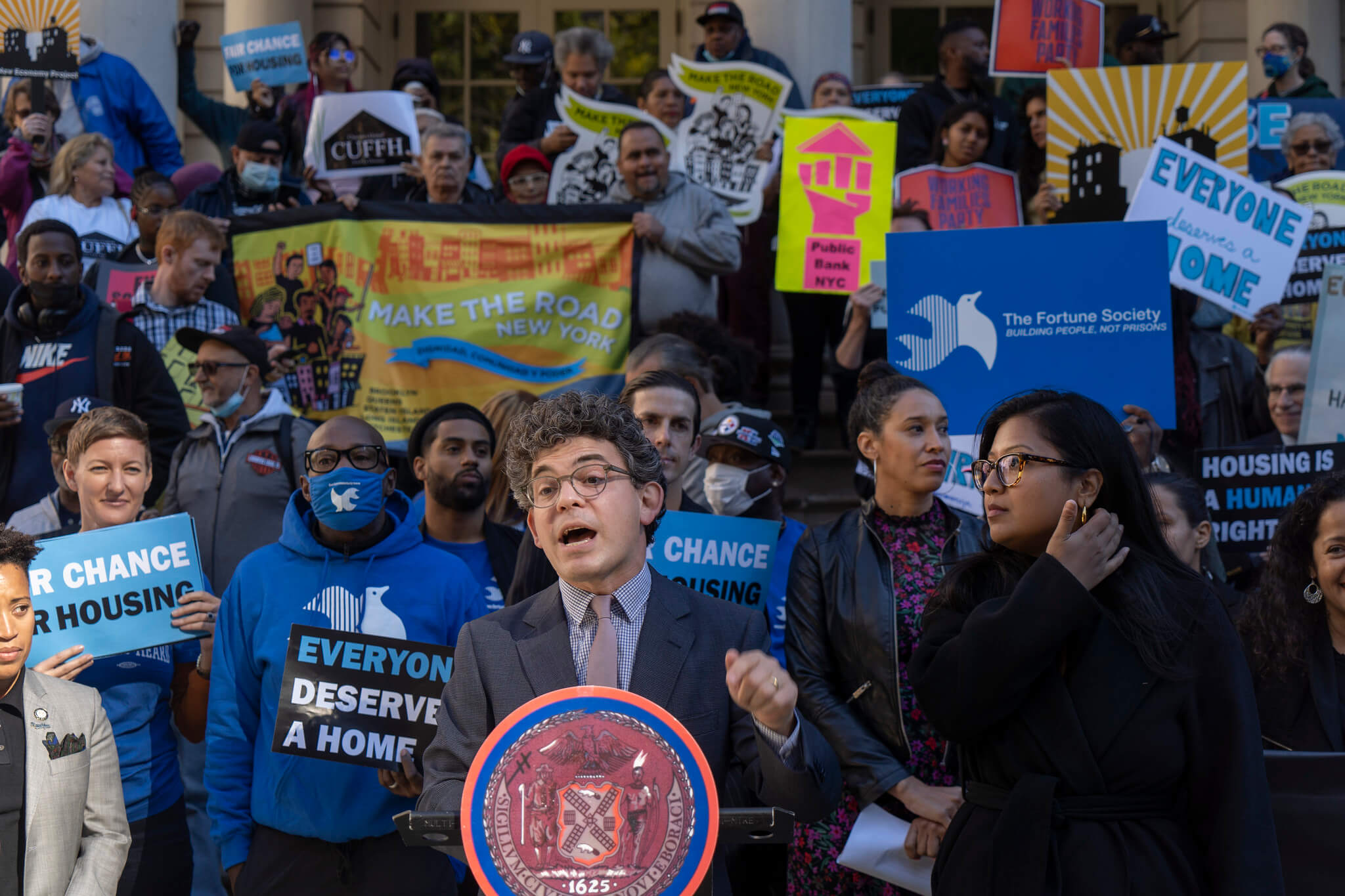
As for why they left the Progressive Caucus, members who spoke to amNewYork Metro for this story cited two main reasons: the caucus’ pledge to reduce NYPD funding, and time commitments that made their continued participation no longer possible.
One of the members — who spoke on the condition of anonymity — said for them and “a lot of other folks,” the pledge to “do everything” they could to reduce NYPD and DOC funding went too far.
“I just functionally didn’t believe the language,” the member said. ” … I didn’t think it was right to sign it and try to fit in with something where I don’t agree with the premise.”
If the line about cutting the NYPD’s budget hadn’t been in the form of a pledge, or had been softened in some way, some of the members who left would have stayed, the councilmember said.
But City Councilmember Amanda Farías, a Bronx Progressive who remains in the caucus, said the pledge was written in a broad manner so councilmembers across the city would be comfortable to sign on.
To Farías, the phrase doesn’t undermine the NYPD. Councilmembers can still support the agency, she said, but just call for the reduction of what the NYPD is tasked to do.
“I hadn’t read it as defunding at all,” she said. “I read it as us doing our responsibility to ensure community safety, to ensure the NYPD is able to do the job that they’re tasked to do. And it isn’t a definitive timeline; it isn’t a definitive amount.”
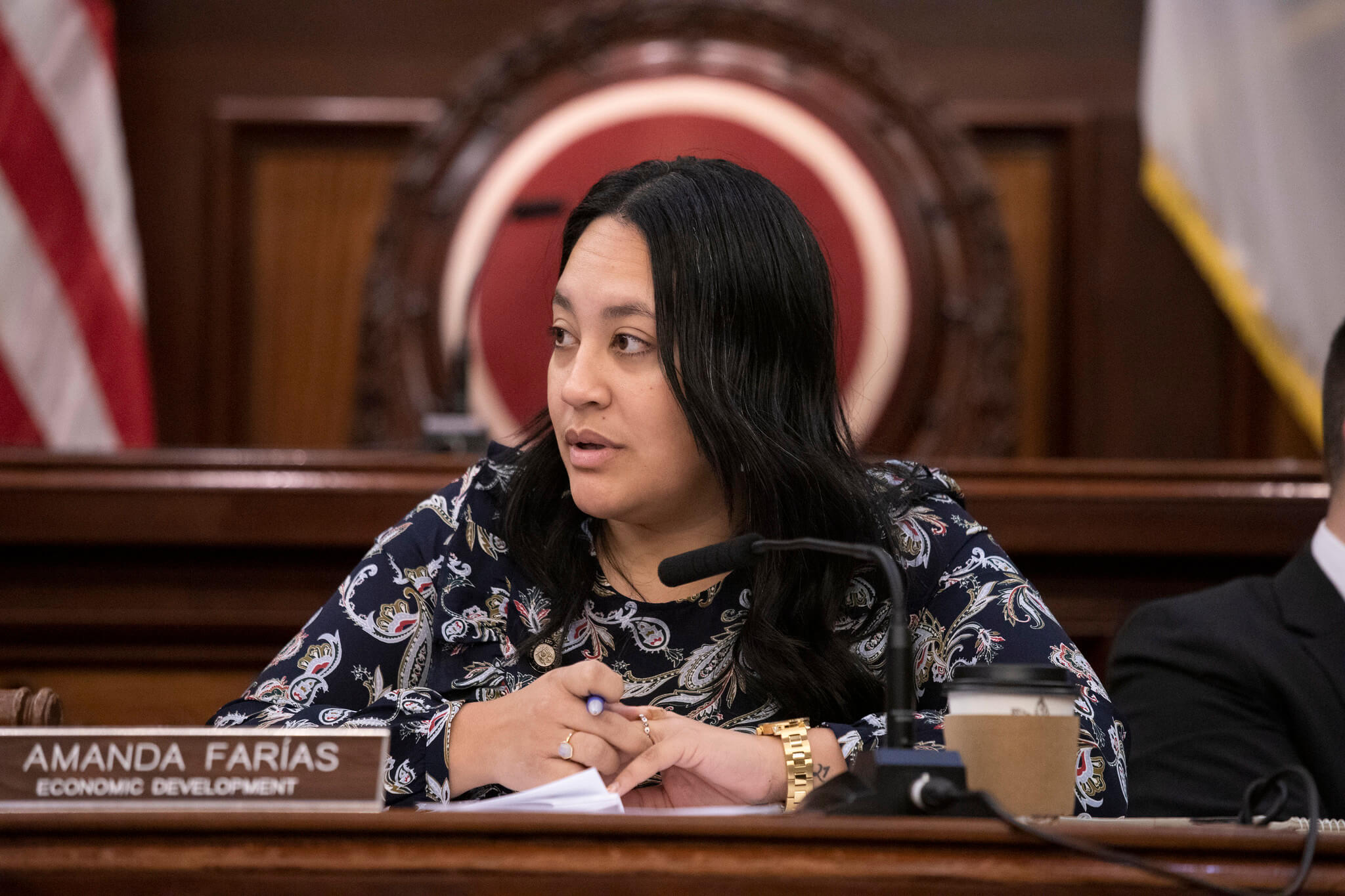
Members of the caucus all had the opportunity to speak up during the weeks-long drafting process, but there was “very little to no feedback,” Farías said.
“There’s a lot of people, a lot of different opinions, a lot of different communities, so you need a thorough process to make sure people can be included,” she said. “Whether or not people were reading their emails and reading their documents, we can’t manage that. You can lead a horse to water but you can’t force it to drink.”
Another councilmember who exited the caucus, and spoke on the condition of anonymity, said they left because he didn’t have time to be an active member.
“I’m just too busy and haven’t been paying attention to it,” they said. “Then being asked to sign an oath, I just don’t do that. I think the caucus is looking to weed people out and that’s totally fine, that’s their prerogative. And it was time to go, no hard feelings.”
Deputy Speaker Diana Ayala, who represents East Harlem and the south Bronx, also left the caucus primarily because she doesn’t have enough time to participate, her communications director Malek Al-Shammary told amNewYork Metro.
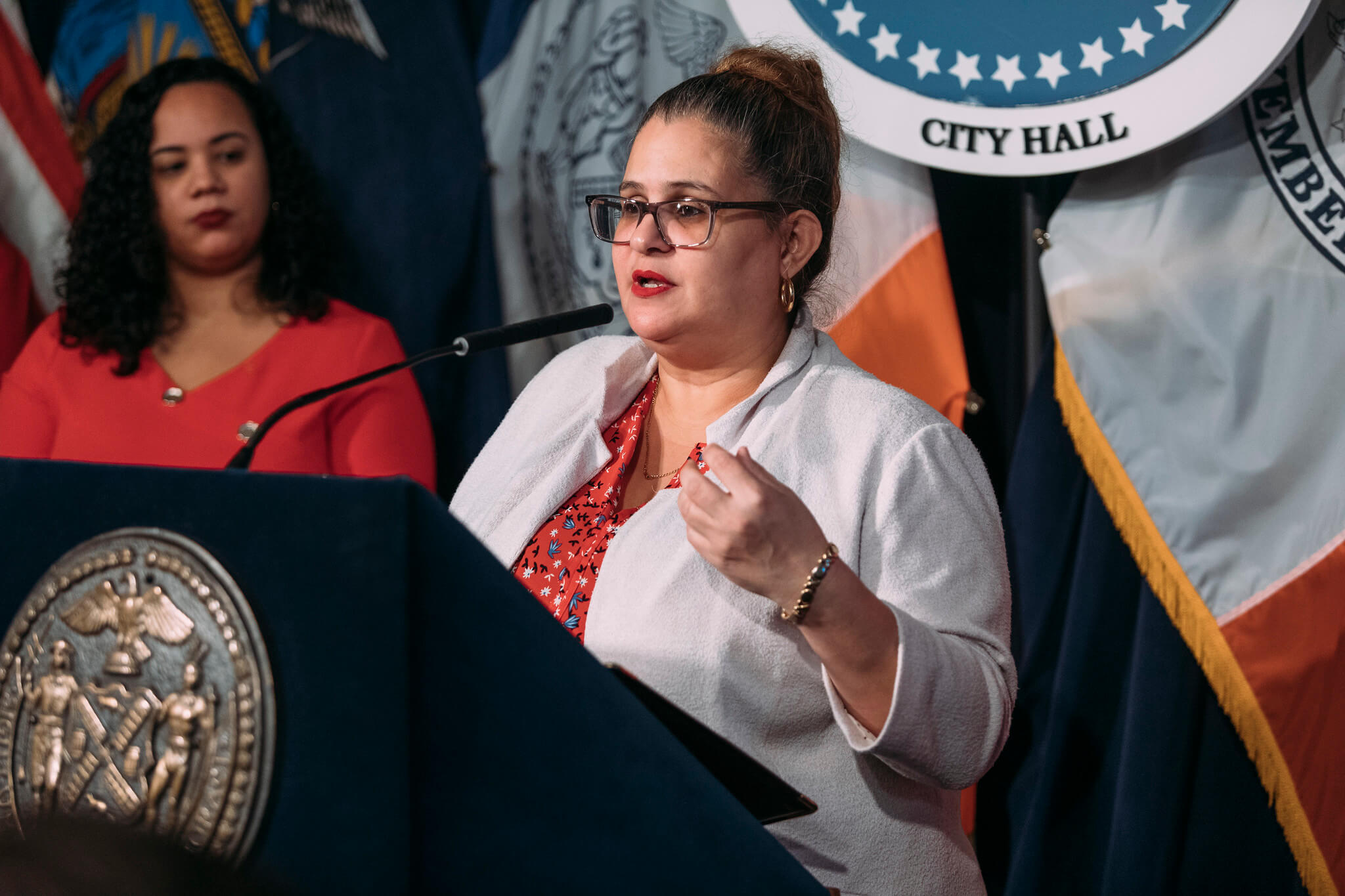
The leaders of the caucus said they decided to come up with the pledge and overhaul their statement of principles in order to form a more “cohesive” voting block to push back on Mayor Eric Adams’ proposed budget cuts to many of the city’s social service agencies.
On Friday, the four caucus co-chairs — Councilmembers Lincoln Restler (Brooklyn), Shahana Hanif (Brooklyn), Jennifer Gutiérrez (Brooklyn, Queens) and Carmen De La Rosa (Manhattan) — issued a statement to that effect.
“The best vehicle to fight against Mayor Adams’ cuts to housing, public education and social services is a strong and disciplined Progressive Caucus,” the co-chairs said.
Addition by subtraction?
The process to revise the statement of values and bylaws kicked off last fall after the group’s leadership started asking itself about what it means to be a Progressive councilmember, Caucus Director Emily Mayer said.
“What does it mean to be a Progressive in New York City this [council] term?” she said. “Especially given the fact that this council has been widely proclaimed as the most progressive council in history.”
This was the first time the statement of values and bylaws had been updated since 2010 and 2017 respectively, according to the caucus, which was formed in 2009.
Caucus members had a month to provide feedback after a seven-person committee spent two months drafting the revamped values and bylaws. They were approved by a supermajority of the over 20 members who attended a two-hour retreat in January, according to Mayer.
Last year, membership was determined simply by council members raising their hands, a source within the caucus said.
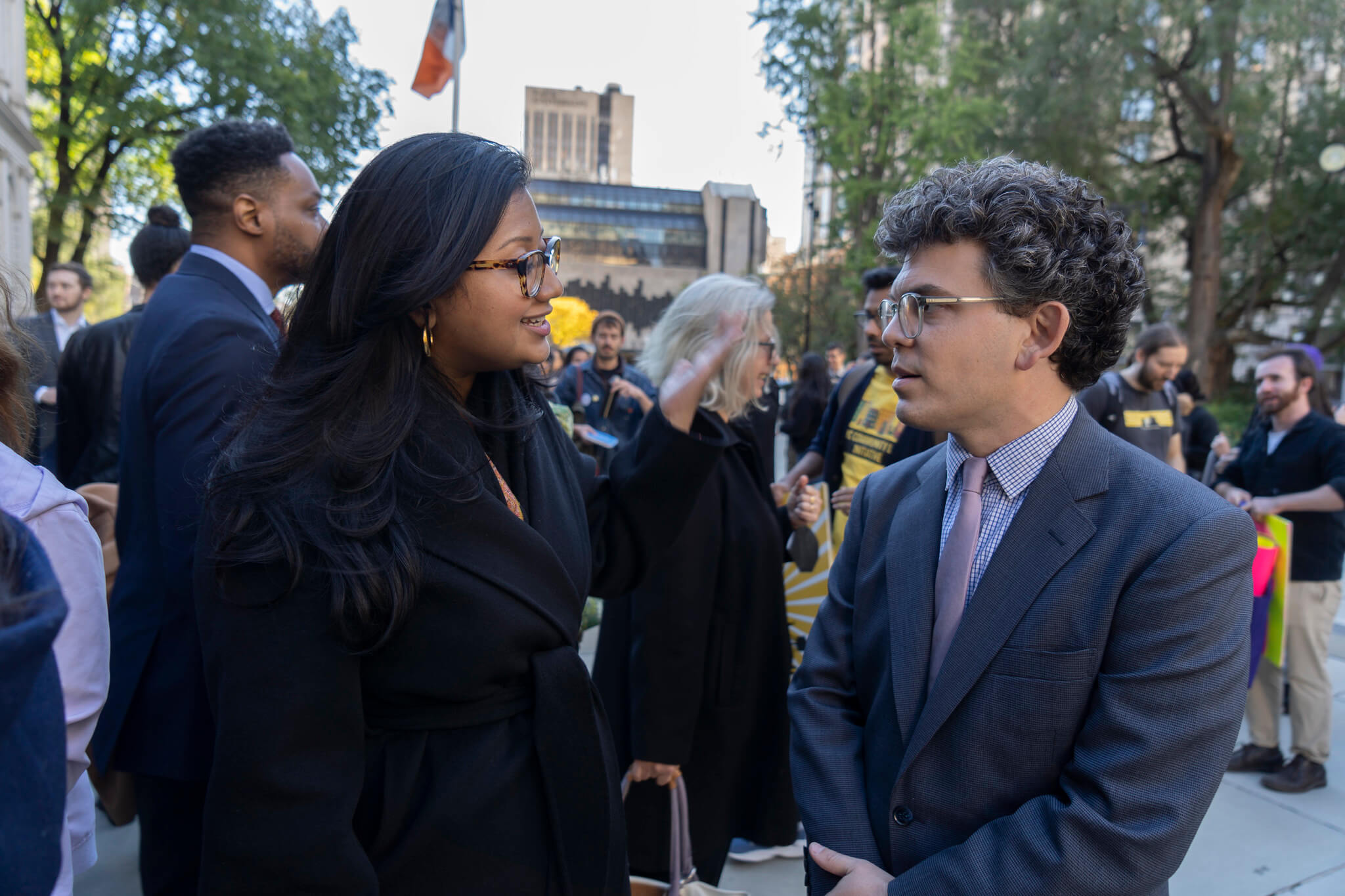
Divya Sundaram, the NYC organizing director for the New York Working Families Party (WFP), agrees the caucus should have a clear set of principles to which members should agree.
“Caucuses aren’t social clubs,” she said.
Bill Neidhardt, a political consultant with Left Flank Strategies who served as ex-Mayor Bill de Blasio’s spokesperson, said that narrowing the size of the caucus — and making it more focused — is necessary in order to be more effective at pushing for left-leaning policies, as was the case with the Congressional Progressive Caucus, which restructured in 2020 leading to several progressive bills passing the House.
“You can directly track the Congressional Progressive Caucus becoming a more targeted voting bloc to progressive policies passing through the US Congress,” Neidhardt said. “I think that same approach is necessary on the City Council.”
Meanwhile, Basil Smikle, director of Hunter College’s public policy program, said the shakeup on the council could be a function of the shifting ideas of progressivism over time. For instance, he said, those who considered themselves progressive in the 1960s and 70s might not agree with the current definition of progressivism.
“Mayor Adams says that he’s a Progressive, but there are members of the council that probably don’t see him that way,” Smikle added.
Election influences
Politics likely played a role in some members’ decision to leave — especially for councilmembers in purple districts who have the looming threat of re-election, like Councilmembers Marjorie Velázquez (Bronx) and Justin Brannan (Brooklyn), who both left the caucus.
While a Republican hasn’t been elected to represent the Bronx since former state Senator Guy Vellela, who left office in May 2004, there is already a crowded field for the GOP primary in Velázquez’s East Bronx district, along with a primary challenge from Bernadette Ferrara, a conservative-leaning Democrat.
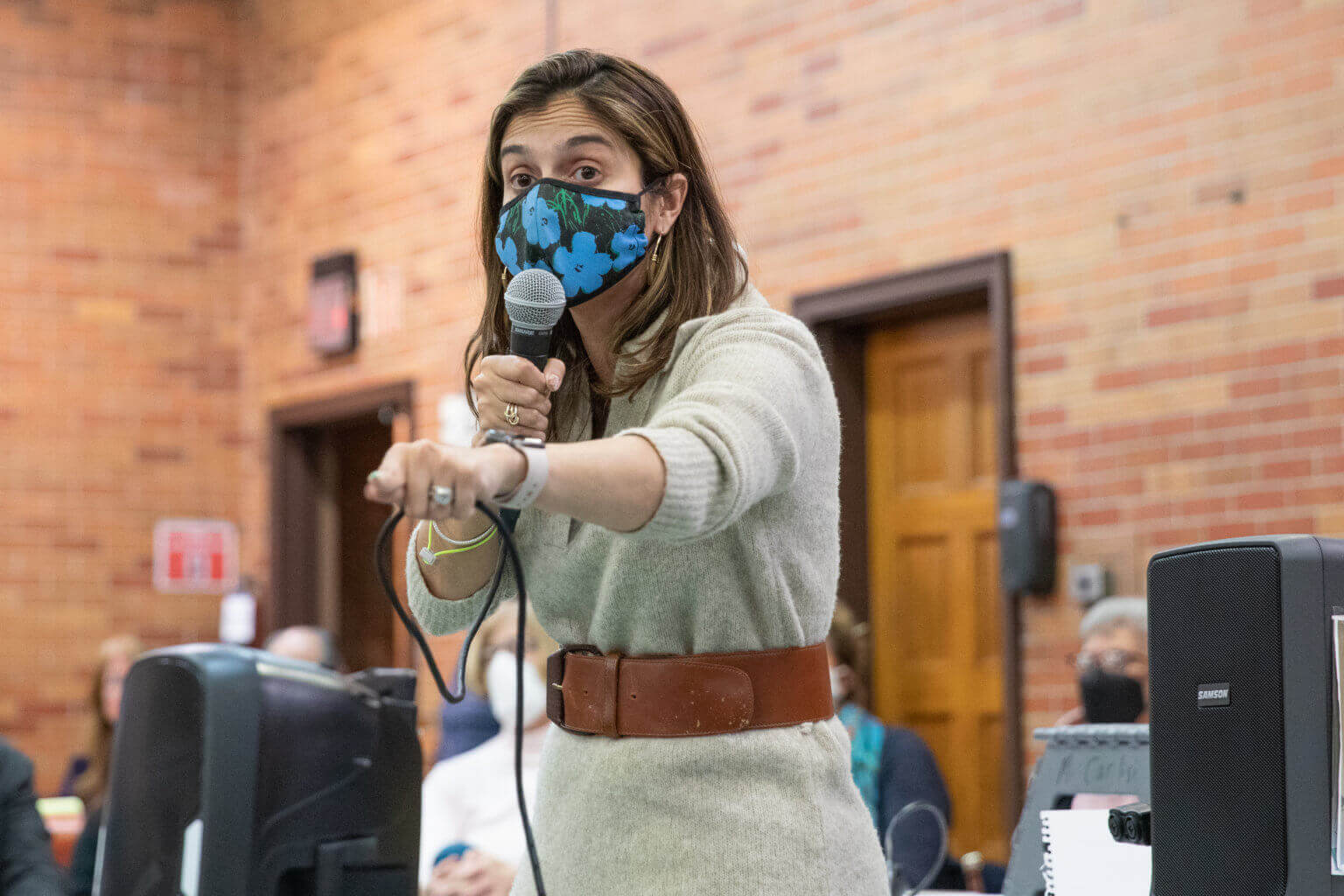
Though 61.5% of active voters in her district were registered Democrats in 2021, they voted 48.5% in favor of Republican Curtis Sliwa in the mayoral election the same year, a slight edge over the 47.4% garnered by Adams. Velázquez, however, won her seat in 2021 by a 10-point margin over Republican Aleksander Micci, although it proved to be the most competitive general election race in the borough.
Velázquez said she left the caucus since she could not agree to support 75% of the caucus’ legislation, or the idea of reducing the NYPD or DOC.
“Our communities rely on the support of our public safety agencies for more than safety and security,” she said in a statement to amNewYork Metro. “This is a critical time for everyone, and to reduce the very entities that work tirelessly to protect our city is unrealistic and not in the best interest of our communities.”
Brannan, who won his council seat in 2017 and 2021 by narrow margins, is also expected to face a GOP challenger in the fall, possibly from his colleague Ari Kagan, who recently switched his party affiliation from Democrat to Republican. Brannan won his 2021 re-election campaign by just north of 600 votes over his Republican opponent, Brian Fox.
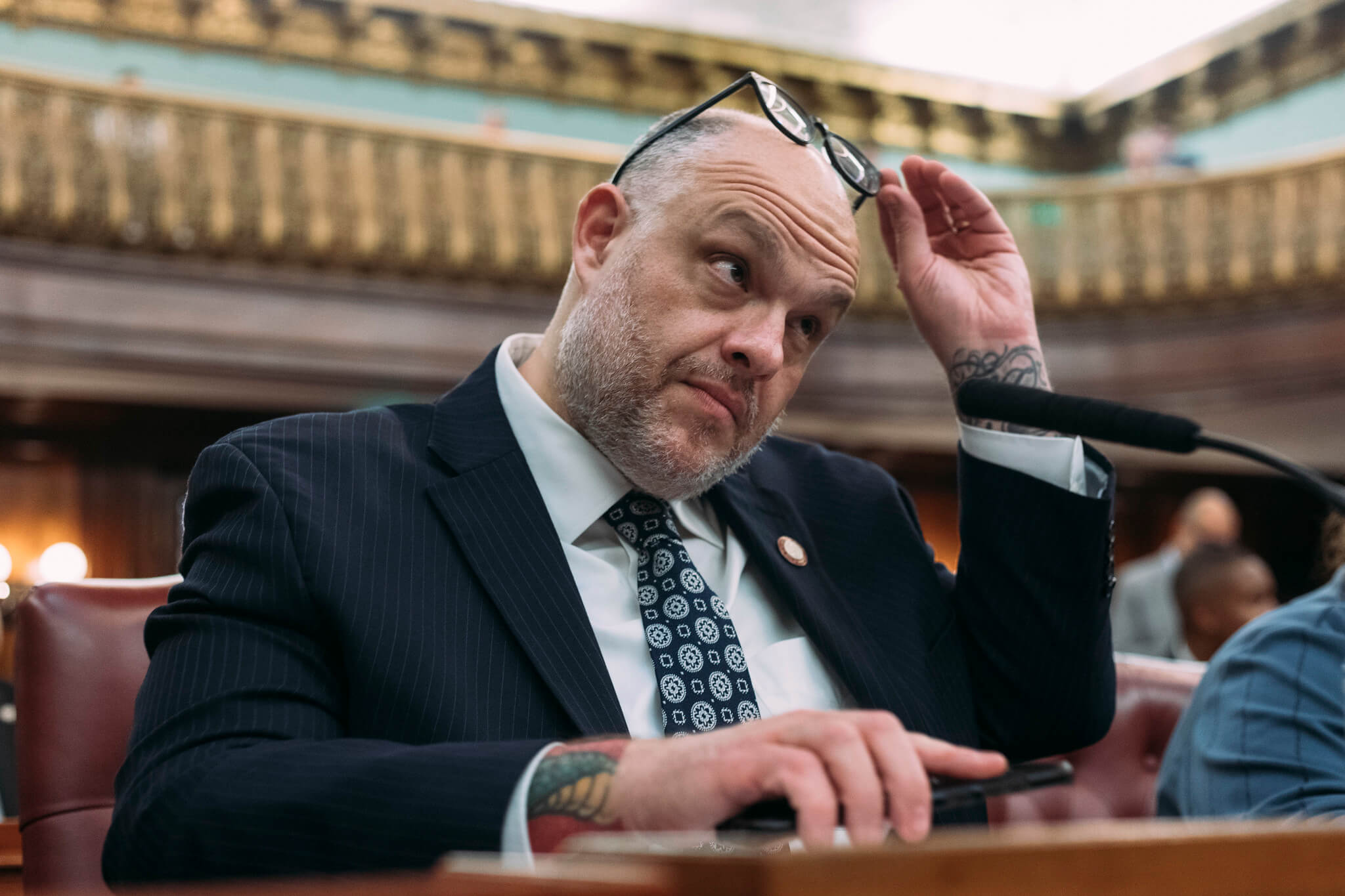
The race for his south Brooklyn seat is expected to be competitive. For instance, in the mayoral race, Sliwa won Brannan’s district by nearly 10 percentage points over Adams, even though roughly 51% of registered voters in the district are Democrats. Republicans make up 19% of the district’s voters and nearly 26% aren’t registered with either party.
However, following last year’s redistricting, the district will be even more favorable to Democrats during this fall’s general election. It will be 55% Democrat, 17% Republican and 24% individuals not registered to any party.
Brannan declined to comment for this story. However, according to a report from Politico New York, Brannan said his exit from the caucus wasn’t connected to his reelection bid.
For members like Velázquez and Brannan, Smikle said, the decision to leave the caucus over the police and corrections pledge was a matter of political “survival.”
“It isn’t just about the ideology,” Smikle said. “It’s about survival for some of these members to be able to continue to do the work they want to do. If they can’t win elections, they can’t fight for legislation.”
Editor’s Note: this story was updated to reflect that Guy Vellela left office in May 2004, an earlier version stated he left in January 2011, which is when he passed away. We regret the error and any confusion which may have resulted.
The story was also updated to add the current voter configuration of Council District 47.
